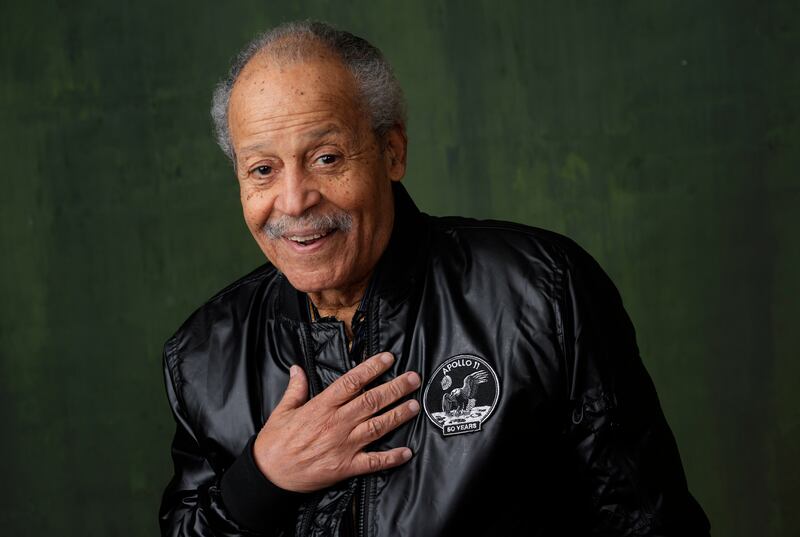Ed Dwight was an Air Force captain in the 1960s when President John F. Kennedy wanted a Black astronaut to join NASA, NPR reports.
At the time, NASA was conducting the Mercury program, and Dwight got the approval to train as an astronaut at the Aerospace Research Pilot School, according to CBS News.
But Dwight was not chosen to be an astronaut in the 1963 class, a class that included famed astronauts Buzz Aldrin and Michael Collins, according to NBC News. The first Black astronauts ultimately weren’t chosen until 15 years later, in 1978, and the first Black astronaut from the U.S. didn’t enter space until 1983, 20 years after Dwight’s astronaut training.
Now, 60 years after he was prevented from becoming the first Black astronaut, Dwight has become the oldest person to enter space at 90 years and 8 months, per CBS News. He beat the previous record holder, William Shatner.
The New Shepard space flight
Dwight participated in the New Shepard space mission from Blue Origin, a company founded by Jeff Bezos.
According to CBS News, it was the company’s first New Shepard passenger flight to successfully take off after a rocket booster failure two years ago during an unmanned pilot flight. Last year, the company repeated the same unmanned flight test and saw success, so now it is accepting passengers.
NPR reports that the rocket New Shepard successfully made it past the Kármán line, an imaginary line 330,000 feet up in the atmosphere that creates the boundary between our planet and space.
The flight lasted around 10 minutes, according to NBC News, and its passengers were able to feel weightlessness for a few minutes before coming back down to Earth.
Dwight spoke with NPR after the trip, sharing, “I’ve got bragging rights now. ... That line between the atmosphere and space. It was like somebody pulled the curtains down over the windows.”
Rise of commercial space flights
Commercial space flights are space missions funded by private organizations, like SpaceX and Blue Origin, per Purdue University.
According to the Federal Aviation Administration, the commercial space industry was originally founded to help launch commercial satellites and send cargo to the International Space Station. Now there is room to expand as the industry grows, with new possibilities including space transportation for research and public tourism.
NASA has been helping build this growing industry by creating public-private partnerships that will help the “commercial industry to build, own, and operate space systems with the agency purchasing services for its science and research needs. Industry also can use those same services for fully commercial activities in space.”

